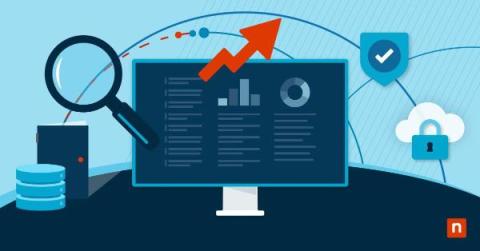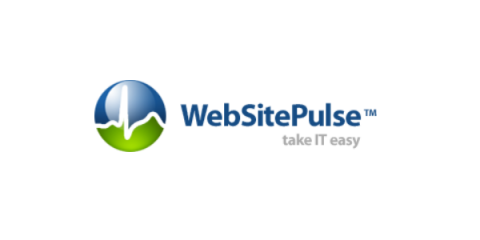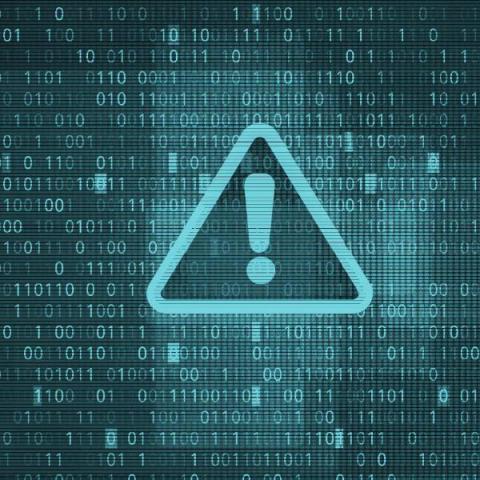Operations | Monitoring | ITSM | DevOps | Cloud
Vulnerability
Treat reliability risks like security vulnerabilities by scanning and testing for them
Finding, prioritizing, and mitigating security vulnerabilities is an essential part of running software. We’ve all recognized that vulnerabilities exist and that new ones are introduced on a regular basis, so we make sure that we check for and remediate them on a regular basis. Even if the code passed all the security checks before being deployed, you still perform regular security tests to make sure everything’s secure.
Zero-Day Vulnerabilities: How to Address and Mitigate Them
No internet-connected code is truly secure. Today’s development process is deeply iterative, and this ever-shifting landscape of code can sometimes expose critical vulnerabilities. When these flaws are discovered by attackers first, zero-day exploits threaten not just your own integrity – but that of business partners and team members across the organization.
What Is a Vulnerability Assessment & Why Is It Important?
While cloud computing has ushered in a new era of connectivity and convenience, it has also exposed organizations to a myriad of vulnerabilities. Cyberattacks, data breaches, and security incidents have become all too common, leaving no room for complacency. The need for proactive cybersecurity measures has never been greater. It's in this context that vulnerability assessments play a vital role in safeguarding organizations against malicious threat actors.
Zenbleed vulnerability fix for Ubuntu
Small Business Cybersecurity: Uncovering the Vulnerabilities That Make Them Prime Targets
According to a 2021 report by Verizon, almost half of all cyberattacks target businesses with under 1,000 employees. This figure is steadily rising as small businesses seem to be an easy target for cybercriminals. 61% of SMBs (small and medium-sized businesses) were targeted in 2021. But why are small businesses highly vulnerable to cyberattacks? We are looking into where the vulnerabilities are and what small businesses can do to protect themselves.
An Introduction to the OWASP API Security Top 10
This VideoGame Vulnerability was a Huge Headache: Unpacking Log4j Ep.22 | Security Insights Podcast
Common API Vulnerabilities and How to Secure Them
The DevSecOps Toolchain: Vulnerability Scanning, Security as Code, DAST & More
DevSecOps is a philosophy that integrates security practices within the DevOps process. DevSecOps involves creating a ‘security as code’ culture with ongoing, flexible collaboration between release engineers and security teams. The main aim of DevSecOps is to make everyone accountable for security in the process of delivering high-quality, secure applications. This culture promotes shorter, more controlled iterations, making it easier to spot code defects and tackle security issues.











